Home Grown is a journey back to the past where life was less complicated. Where we grew our own vegetables and herbs, had chickens in the backyard and our neighbours over the fence to have a yarn. Home Grown magazine's objective is to take the reader on a journey of healthy living and lifestyle, from the garden to the table. In every issue we try to nurture our readers’ knowledge of the fundamentals of creating, growing, making and providing greener and healthier options in all facets of their lives. Our aim is to do our bit to halt today’s throwaway mentality, and to encourage recycling and re-using, which ultimately reduces our wastage and lowers the cost of everyday living. Each issue we’ll bring you hints and tips for not only growing but also preserving your own produce and show you practical and easy ways to reduce your bills and move more towards a sustainable lifestyle. Regular articles include: profiling an organic grower or producer as well as a local community garden; power and water saving tips, seasonal fruit, vegies and herbs; preserving your produce; a local grower’s market; easy recipes from your seasonal produce; organic growing hints and tips; DIY from recycled articles.
Let’s Go Shopping
Oasis in the Suburbs • We spoke with Prospect Community Garden’s Alan Shepard to discover the magic of this garden, which was devised with the clear vision of community wellbeing, environmental sustainability and enhancing community space in this inner suburb of Adelaide.
A Productive Winter Vegetable Garden
Warming Winter Vegetable Soup
Chickens: Winter Care • Chickens are generally hardy animals and can adapt to a range of environments, but like most animals they still require special care in the colder conditions.
Eating Drinking and being Sustainable • Rebecca King browses the menu for sustainable dining options
Liquid Fertiliser
Planting Deciduous Fruit Trees
Organic and Ethical Teas — Certifiably Superior?
Winter Flowering Natives
The Forage Revolution… • A global revolution is upon us: forage tours, exotic cooking shows and wild food guide books all hitting the media, tantalising us into exploring the culinary sensations of our forefathers. But why, with all the abundance of an industrialised food system, are we seeking to connect with our near Neolithic past?
Prickly Pear Jam
Planter Box with Vertical Herb Trays • Make this vertical garden from old pallets.
Making Sauerkraut
Raising awareness of Food Wastage • An average of $1,000 of food is thrown away each year by each NSW household – a total of $2.5 billion dollars – which translates to 315kg of food per household going straight into landfill. The tragedy is -there is nothing wrong with most of this food.
Lovely leftovers • With a bit of planning you can turn your leftovers into delicious meals. Don’t forget it’s often very economical to cook more than you need – such as a larger roast beef and vegetables – so long as you use up the leftovers. Here’s a few ideas..
Companion Planting: Fact or Fiction? • Selecting plants that support each other’s growth.
Reducing Energy Usage in the Garden
Great giveaway Get Your Free Magazine
Growing Culinary Herbs Indoors in Winter • Pots of herbs can be one of the most useful and decorative indoor plants for your kitchen, all year round – but particularly in winter when it gives us the opportunity to use fresh herbs that may be dormant outdoors at that time.
Smoking Meat and Fish • Smoking is one of the original food preservation methods and, along with drying and salting, is probably the most commonly used method for preserving meat before the advent of refrigeration.
How to make beef jerky
How to make bacon
How to make ham
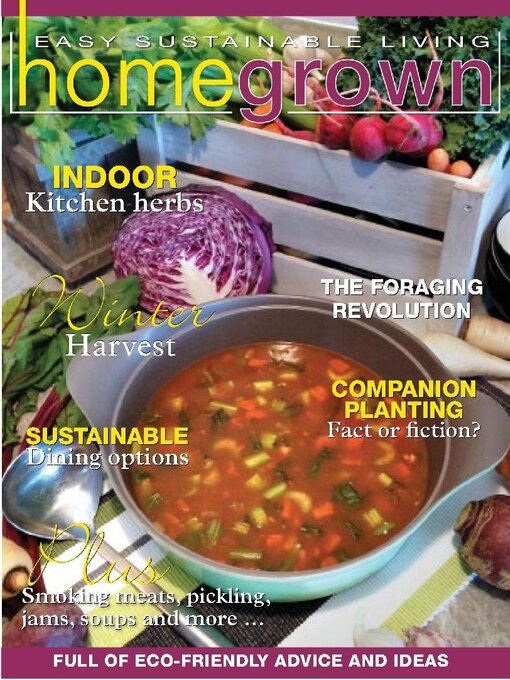
 Issue 17
Issue 17
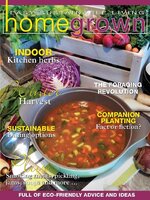 Issue 16
Issue 16
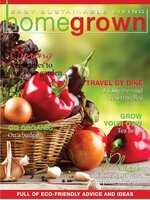 Issue 13
Issue 13
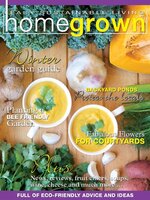 Issue 12
Issue 12
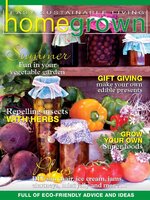 Issue 10
Issue 10
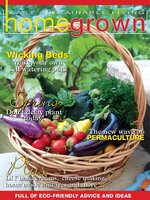 Issue 9
Issue 9
 Issue 8
Issue 8
 Issue 7
Issue 7
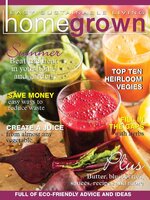 Issue 6
Issue 6
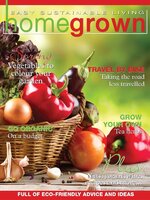 Issue 5
Issue 5